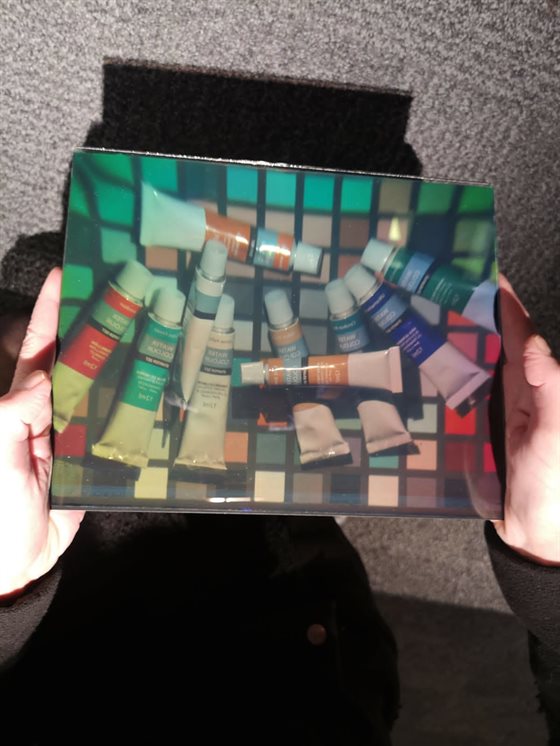Some of the world’s first true colour holograms have been created at De Montfort University Leicester (DMU) paving the way for commercial opportunities with businesses looking to harness three-dimensional imaging technology.
Professor Martin Richardson, an internationally-renowned holographer and digital artist, together with his Senior Researcher, Dr Vivian Suresh Kumar, from India, successfully created a series of holograms in the ‘HOLO-LAB’, a specially-created technical facility on campus.

“It is a huge technical leap,” he said. “Producing ‘true colour’ holograms is very difficult and DMU is one of the first universities in the world where this has been achieved.
“True colour holograms are the most realistic images it’s possible to make and the commercial applications are fantastic. We are playing our part in bringing holography closer to mainstream use.”
High definition ‘true colour’ holograms have many practical applications in many different sectors, such as healthcare, where realistic imaging could allow doctors to find internal problems faster.
 Still images never do a hologram justice but the vibrant colours and depth achieved would never be possible in 2D
Still images never do a hologram justice but the vibrant colours and depth achieved would never be possible in 2D Professor Richardson added: “This is a 21st century technology categorised as ‘Photonics’. We are now ready to explore the possibilities of light and its potential for mass communication.
“Applications include non-destructive testing for engineering, museum archiving and documentation, not to mention the holograms on our credit cards and banknotes. Our most valuable objects may be recorded as a ‘true-colour hologram’ and the resulting recording sent out for display to another institution.
“Holography offers three-dimensional depth without the requirement of cumbersome eyewear traditionally associated with 3-D or V-R imagery.”
The true colour hologram project was supported with funding from the university’s Higher Education Innovation Fund (HEIF) used to support work that could have commercial applications in the future.
Professor Richardson – regarded as an imaging pioneer – has made holograms of many famous people, including film directors Martin Scorsese and Alan Parker, as well as the fine artist Sir Peter Blake and writer Will Self. He also worked with rock star David Bowie on a project using 3-D promotional material
Posted on Thursday 29 April 2021